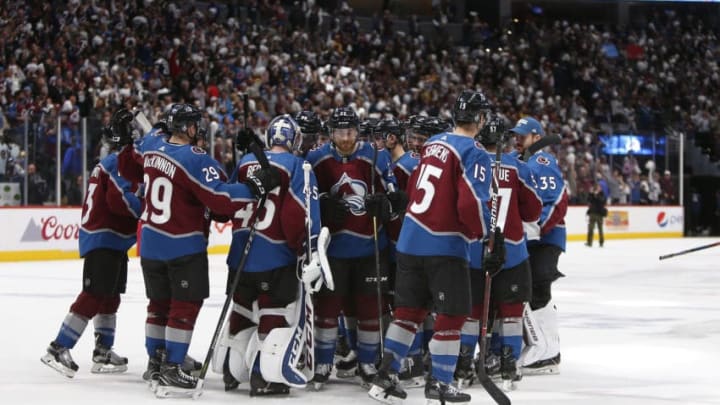
Skate Opponents into the Ice
In that vein, while altitude isn’t a big advantage among elite athletes, it is at least a slight advantage. Generally, teams try to combat the lack of oxygen factor with short shifts. You can’t get too terribly winded if you’re on the ice for less than a minute.
If opponents extend their shifts a little, though… well, they’ll probably feel it.
One of the ways the Colorado Avalanche can capitalize on this situation is to do what they were built to do — skate like the wind. Nathan MacKinnon, et al., have at least three months’ worth of practice skating daily at this altitude. They won’t get winded because of it.
Because the Avs are such a speedy team anyway, opponents have to scramble to catch them. Well, part of Colorado’s home ice advantage is being able to use that trait to effect. It’s up to the Avalanche to drive the tempo of the game — and the tempo should be a fast one.
